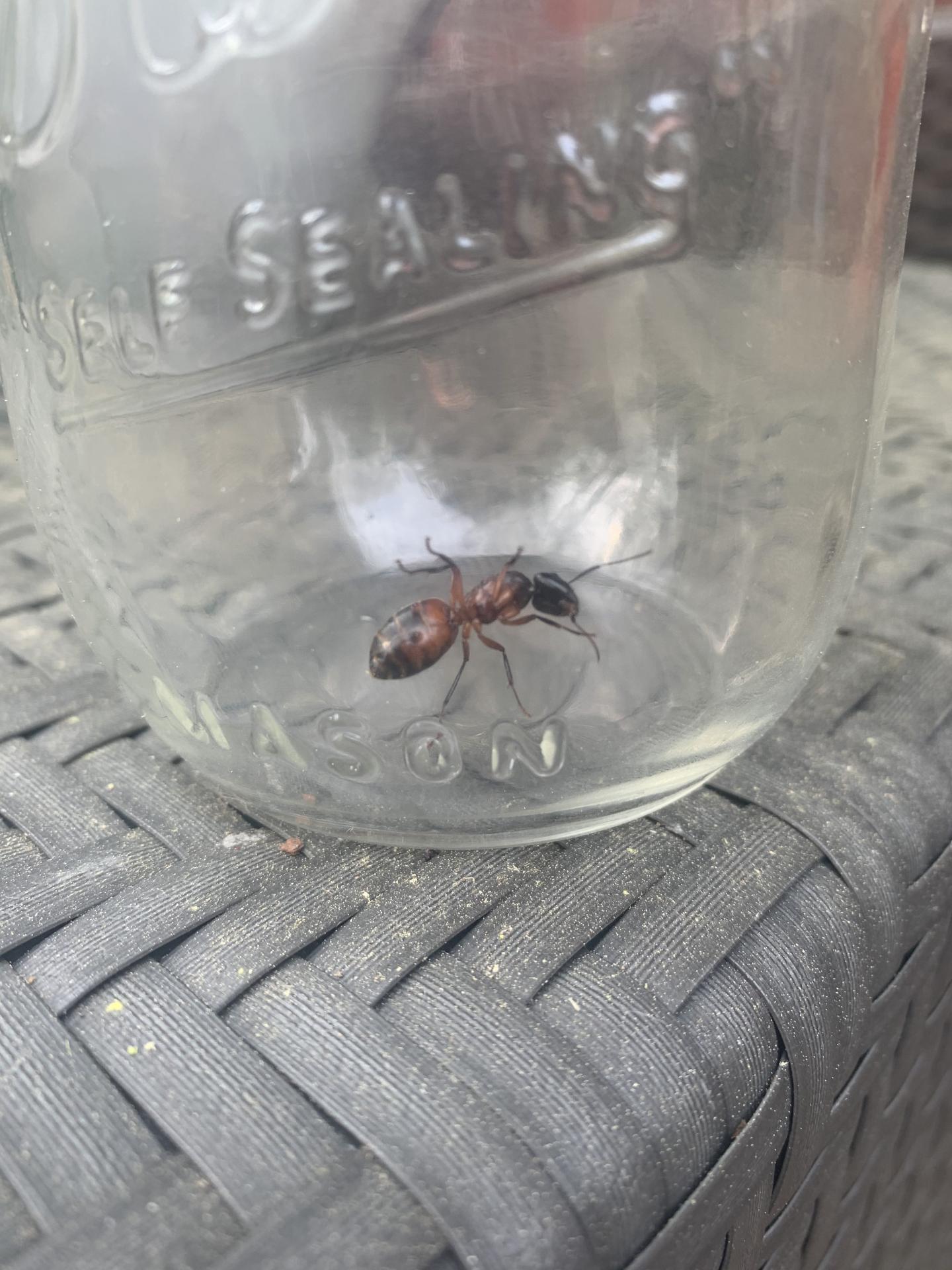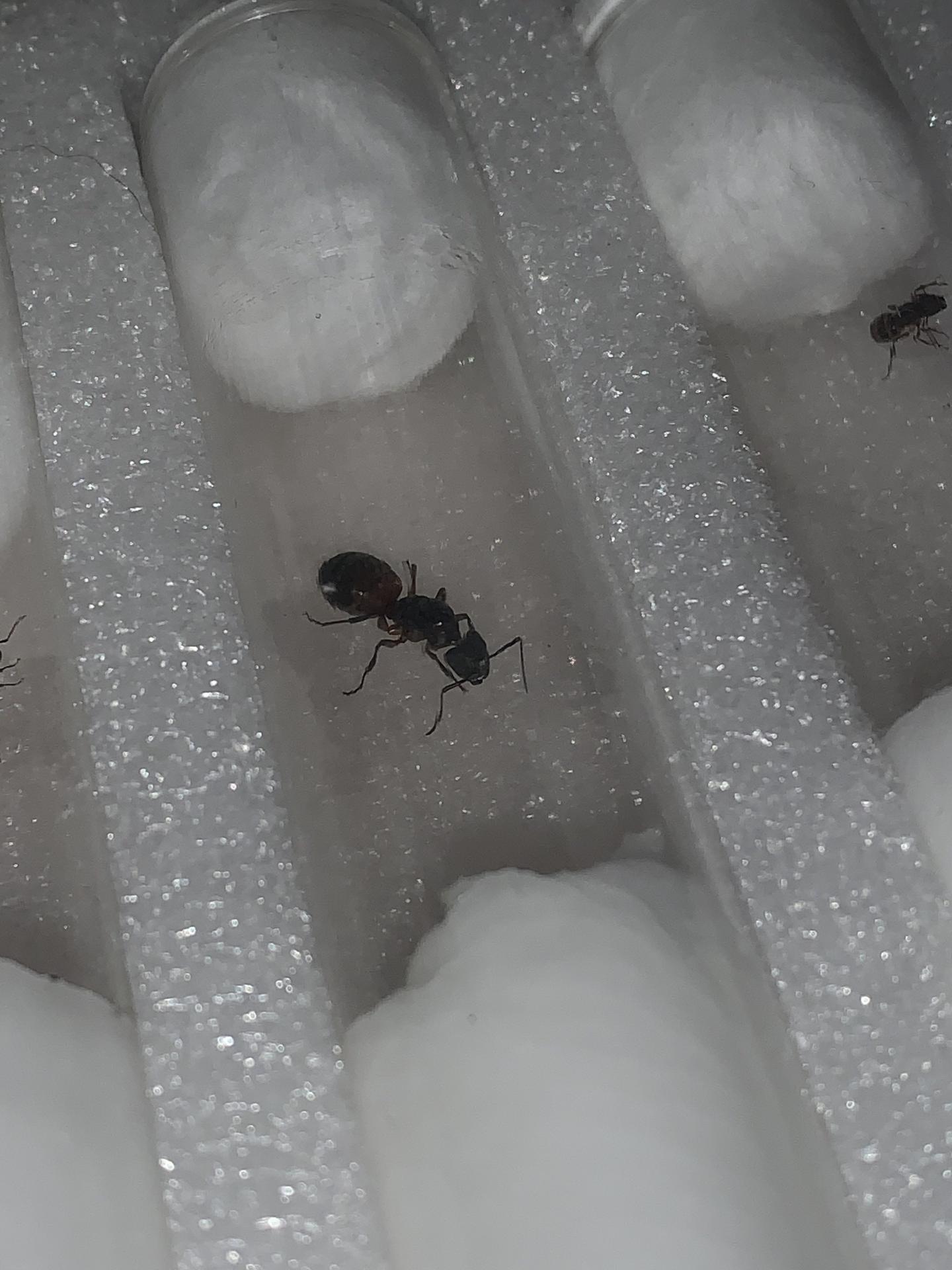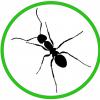Hey everyone, have had this queen in the tube for about 2 weeks now. At first I was convinced she was of the novaeboracensis variety. Trouble is I'm now leaning towards herculeanus with being how she's about an inch and a half long. What are your thoughts?
1. Location (on a map) of collection:
PA, suburb outside Philadelphia.
2. Date of collection:
May 1st 2021 Morning/Afternoon.
3. Habitat of collection:
Running along siding of my house (House is extremely old and definitely has rotting spots.)
4. Length (from head to gaster):
Approx. 1.5”
5. Color, hue, pattern and texture:
Black head & thorax, red/brownish black gaster, red under gaster & thorax.
6. Distinguishing characteristics:
Massive.
7. Distinguishing behavior:
8. Nest description:
9. Nuptial flight time and date:























